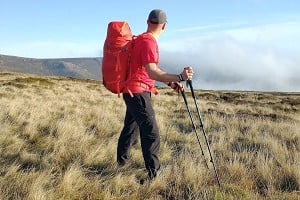
Walking poles are great opinion dividers. There are those who think they are cumbersome wastes of time, and those who swear by them with an almost religious fervour, with little in between it appears. What turned me from the former to the latter was a gradual realisation that virtually everyone who seemed to know what they were doing in the mountains, has started to use them, that combined with some ageing knees!
I have used a several different sets of poles over the years, mostly 2-section poles which are awkward to carry when not in use. So I was very pleased to be able to try out the MSR Talus TR3 poles. These three-section poles are aimed at backpacking, alpine trekking and arduous hiking. At a weight of 625g for the pair they are extremely lightweight although not as lightweight as the Swift 3 range from MSR. The poles feature the SureLock adjustment system which has a spring loaded trigger sleeve on the handle to allow the poles to extend and contract when required. The strap system is the adjustable loop with a velcro section for adjustment.
In testing I rapidly realised that three-section poles are much easier and more importunely safer, to carry than two-section. Having nearly had my eye taken out by others carrying two-section poles protruding form their sacks in the past, the ability to store the poles internally, or externally but below the top of the sack, makes for much safer carrying. A minor point, but important if you are bustling into crowded lifts or passing people on crowded approach paths.
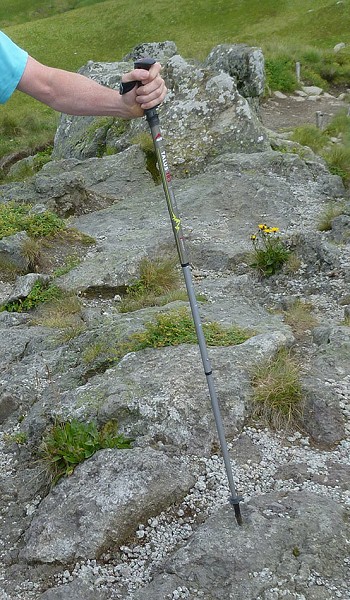
|
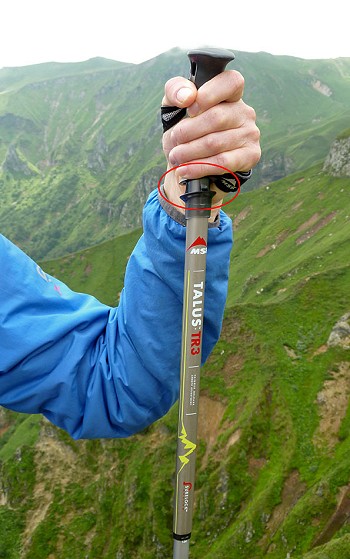
|
Of course many manufacturers make three-section poles, and the drawback of the extra section is that it provides another point of weakness that needs an expansion system. This is where the MSR SureLock system proves to be a bit of a revelation. I have previously had problems with the traditional twist-locking compression rings. Sometimes the amount you need to crank the ring closed in order to stop the pole self-compressing as you put pressure on it in use means that it becomes incredibly hard to release again. There are locking system available to avoid this, but this MSR approach appears to avoid all these problems and brings its own benefits as well.
The release system works very easily - just pull the trigger ring back with one hand, and pull the extension sections out with the other choosing a length marked on the pole. With a bit of practice, and plenty of room around you, you can even do it one-handed by pulling the trigger ring back and flicking the pole quickly away from you. It is even possible to do both poles simultaneously if you want to really impress!
Another advantage of this system is the ease of retracting the length as you walk. I often find myself wanting shorter poles going uphill and longer going down. It is incredibly easy to adjust on the fly using the trigger ring.
Before covering the straps on the MSR Talus TR3 poles, I just want to make an observation about strap use with poles. Many people underestimate the correct use of the straps. Just check next time you see someone out on the hill and I bet most of them aren't using the straps correctly. When used properly a strap will allow you to virtually release your hand grip on the actual pole since much of the weight will fall on the strap under your wrist. This is far less tiring and more effective than when the strap is just wrapped loosely around the wrist since you can get a downward pressure from your whole arm, rather than by just gripping tight.
The straps on the MSR Talus poles are excellent in this respect allowing fine adjustment to suit your wrist and walking style.
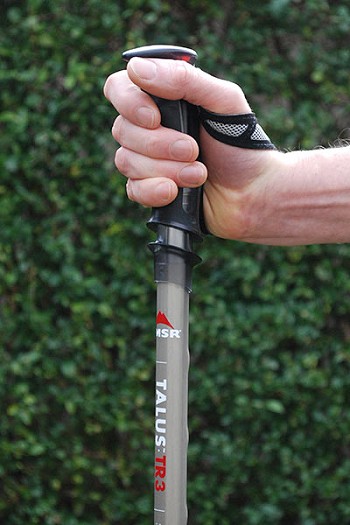
|
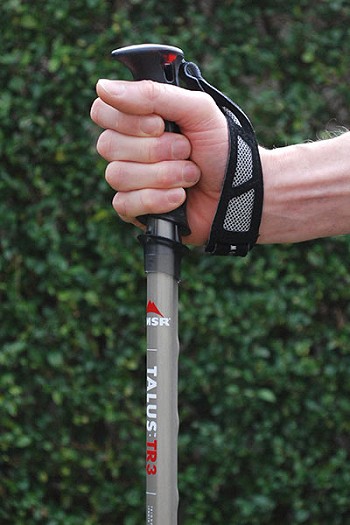
|
For durability these poles have had no issues in use. The do feel a little on the flimsy side initially due to the lightweight construction, but after sustained use they are showing no signs of excessive wear and tear and the trigger system works as well as it did initially. The sections do rattle a little against each other which can be distracting but you get used to it.
One slight complaint is that the poles don't appear to come as standard with the tip protector, powder basket or snow basket attachments. The tip protector is especially useful if you are on soft terrain to stop the poles sinking in with each placement, and also as obviously to 'protect the tip' when you are carrying the things.
Summary
An excellent robust and lightweight pole with an innovative compression system. At an RRP of £90 they are certainly at the more expensive end of the market but they have performance to match. They are slightly rattly in use which can be annoying on long rocky walks.
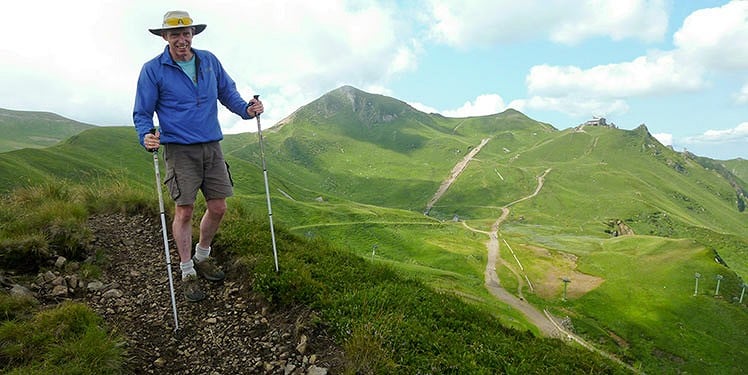
Price: £90
Weight: 625 grams

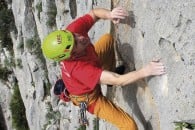

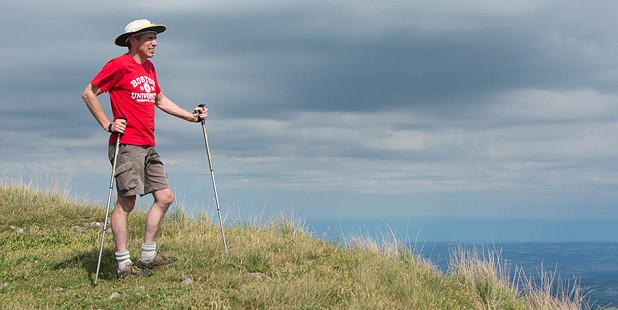
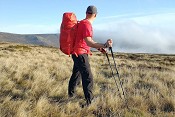


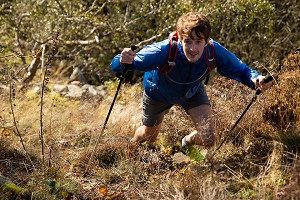

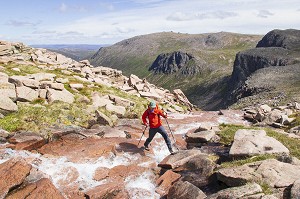

Comments